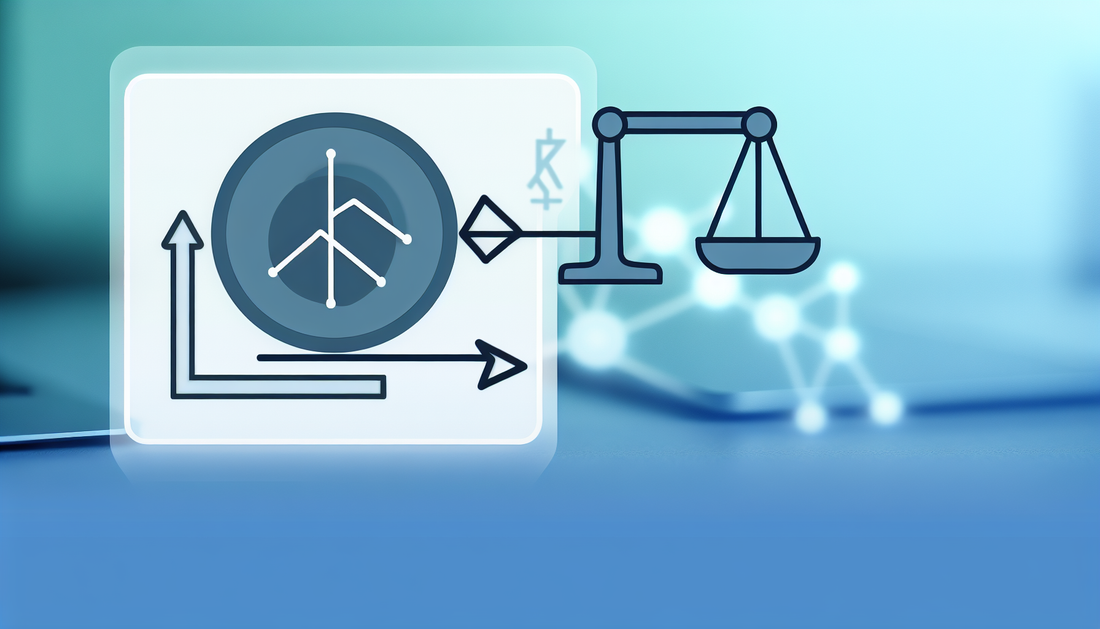
Understanding Ankr Tokenomics: Key Insights Revealed
Share
Ankr Tokenomics: An In-Depth Look
Ankr (ANKR) is a utility token within the Ankr ecosystem, providing decentralized cloud services by utilizing idle computing power globally. The tokenomics of ANKR play a critical role in how the platform functions, incentivizes, and governs its growing community of participants.
Supply and Allocation
Ankr has a total fixed supply of 10 billion ANKR tokens. The initial allocation of these tokens was structured to both incentivize early contributors and ensure operational sustainability:
- Founders, Team, and Advisors: Approximately 20% of the total token supply was allocated to the core team and strategic advisors. This allocation is generally vested over time.
- Foundation and Ecosystem Growth: Around 25% was reserved for the development and expansion of the Ankr ecosystem, including partnerships, grants, and future project initiatives.
- Private and Public Sale Rounds: Around 40% of the total supply was distributed through private and public token sales, which helped in raising funds for Ankr’s early operations and platform development.
- User Incentives: Approximately 15% is set aside for rewards and incentives distributed to users on the platform, typically to those staking, hosting nodes, or participating in governance.
Utility of ANKR Tokens
The ANKR token serves as the backbone for several activities within the ecosystem, making its utility multi-faceted:
- Staking: ANKR holders can stake tokens to run nodes on Ankr’s decentralized cloud infrastructure or participate in securing available networks.
- Payment for Services: ANKR tokens are used to pay for a range of decentralized node hosting services provided by the platform, primarily targeting Web3 projects.
- Governance: ANKR is used in governance to vote on proposals related to the future direction of the platform, such as changes to network fees or the introduction of new features.
Inflation and Deflation
ANKR operates on a fixed supply model, meaning no additional tokens are minted over time. However, temporary inflation happens when staking rewards are distributed, as rewards paid to network participants come from a pre-allotted pool of tokens.
On the flip side, some token burns are periodically enacted as part of specific proposals aimed at decreasing the circulating supply. These burns help counteract inflation-prone activities and provide deflationary pressure that could drive long-term sustainability.
Token Distribution and Circulation
While the initial allocation was set during token generation, the current circulation sees a portion of tokens either staked in various governance or node running mechanisms, or held within the reserve of the foundation for future platform growth.
